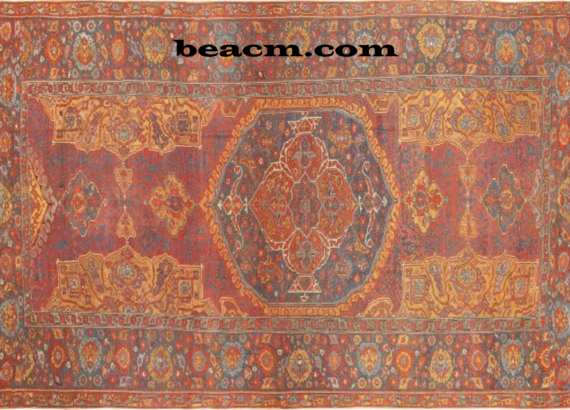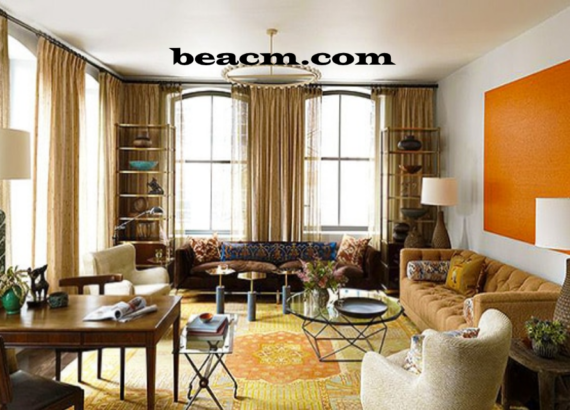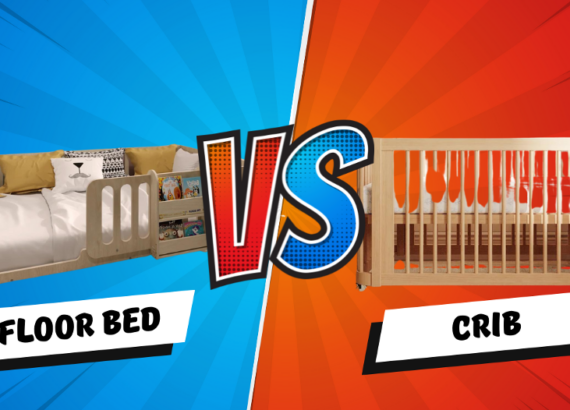Antique Turkish Carpets

An extensive collection of antique Turkish carpets
Turkish carpets (also known as Anatolian carpets) are probably the carpets with which it all began. These carpets were part of the first wave of oriental antique carpets exported to Europe. The old Turkish carpets were valuable goods and artistically influential pieces. The designs of Turkish carpets such as the iconic guls, prayer rugs and small repetitive patterns on these carpets have been incorporated into the iconic paintings of the European masters, including Memling, Lotto, Bellini, Hans Holbein and many others.
These painters were so inspired by Turkish carpets and the design motifs contained in them that the artists have given their names to some of these famous Turkish patterns. One of the most famous artists who included Turkish carpets in his paintings was the great and iconic 16th century painter Hans Holbein.
The styles of Turkish carpets are very different. Bergama carpets, for example, produced Turkoman pieces influenced by tribes. Hereke carpets have elegant, curvilinear patterns worthy of Ottoman palaces and are the most famous of all carpet weaving centres in Turkey. Oushak makes decorative room-sized carpets, which are revered above everything else for their soft pastel colouring.
The Romanian master weaver Theodor Tuduc also made exceptional carpets. His carpets were based on existing styles and designs from the Caucasus, Turkey and Persia. Antique Turkish carpets are elegant and beautiful in appearance, texture, quality and design.
Turkish carpets are an essential part of the carpet weaving tradition in the Middle East. It was mainly the Turks and related groups from Central Asia who introduced the knotted carpet into the Islamic world. The largest and oldest collection of early oriental carpets comes from Turkey. The so-called geometric or Seljuk carpets from the 13th century are well preserved in the mosques of Konya and other cities in Central Anatolia. While most ancient Persian carpets are fine and intricate, the ancient Turkish carpets are highly desirable for interior designers. Since many of the antique carpets from Turkey have larger design patterns that are usually set against softer colors, they look very decorative. The early Turkish carpets are also among the most collectible carpets on the market today due to their more primitive design and the fact that not many were made.
Antique Turkish carpets History and cultural significance
The history of Turkish carpets and weaving is as complex as it is ancient. The production of fine carpets is a practice that has been around for thousands of years. In certain societies and cultures around the world, carpet weaving is of particular importance.
It is considered to be an art form at the highest level and a fundamental cultural practice. This is especially true for Turkey, which has been one of the most important carpet producing countries for centuries. With a complex history that includes warring dynasties, invading forces and controversial relations with its neighbours, Turkey is one of the most unique countries.
Today’s nation state of Turkey extends over two continents. This is the result of the far-reaching empires that ruled Asia Minor and Southeast Europe from capitals located in modern Turkey and Persia.
Turkey stands at the crossroads of the great civilizations of the East and West and has long been a natural intermediary for European traders wishing to trade in exotic goods and for Persian traders wishing to do business with those in the West.
With the increase and decrease in demand for fine carpets and rugs, the craft of handmade carpet weaving has also increased. New styles and patterns have been adopted and new carpet weaving techniques introduced.
Especially the carpet production in Turkey has been a flexible and dynamic business, which has resulted in an increasingly exciting body of material. The clear and undisputed historical record of Turkish carpet production dates back at least to the 13th century during the reign of the Seljuks.
 Oversized antique handicraft Turkish Oushak carpet
Oversized antique handicraft Turkish Oushak carpet
Another important development during the Ottoman era was the introduction of animal motifs in carpets. These fascinating Turkish carpets have medallions decorated with animal motifs and designs.
In the early Ottoman period, the Crivelli Star and Ghirlandaio styles were also introduced. These styles also played in the popular central medallion format. All these advances increased the already domed vehicle, and internal demand for such rugs increased dramatically.
Perhaps the most important developments in weaving Turkish carpets took place in the important historical weaving centre of Oushak. The ancient Turkish city of Oushak had been producing carpets for centuries.
Oushak carpets were widely celebrated and are considered the best of all oriental carpets. During the 16th and 17th centuries, the Ottomans supervised a number of important changes in the weaving of Oushak rugs.
Star-shaped and circular medallions were created during this period. In addition, elaborate arabesques and complex wine rolls soon became common in the finest Turkish Oushak carpets.
These carpets featured detailed fields flooded with sinuous detail elements that soon became very fashionable. At this time, the Safavid rulers of Persia also oversaw the aesthetic changes in their rug production, and the elaborate and intricate rugs that came from Tabriz and Kashan had an important influence on the style of Turkish rugs that were woven.
Other important developments took place during the reign of the Ottoman Empire, which lasted until the late 17th century. At that time, niche prayer rugs were produced, and shortly afterwards, the double niche prayer rugs appeared.
These important productions were extremely important, especially for the Islamic cultures that formed the basis of the Ottoman Empire. Many practising Muslims used such pieces during their daily prayers.
 Antique Turkish Smyrna carpet from the 17th century
Antique Turkish Smyrna carpet from the 17th century
This was also the time when Turkish carpets were being produced throughout Western Turkey. By the middle of the nineteenth century, the West was involved in an enormous oriental revival.
At that time, Turkish carpets were considered particularly fashionable. Even the rustic tribal rugs woven in traditional carpet weaving villages proved popular with Western consumers, who admired such pieces for their cultural veracity.
Over the centuries, Turkish carpets have evolved both as a result of internal socio-political changes and the influences and demands of the Western world. The art of Turkish carpet weaving is a famous craft with one of the richest material bodies in the world and an important facet of our common history.
The rich and fascinating world of Turkish carpets offers insights into the culture and traditions of a region as well as insights into the nature of our humanity.
Why designers and decorators demand Turkish carpets
Fine antique Turkish carpets are loved by many for their glossy pastel colors, beautifully stylized arabesques and monumental botanical designs. Anatolia (today’s country of Turkey) played an indispensable role in the introduction of oriental carpets to Europe and the production of many intricate woollen carpets that appeal to today’s Western designers and consumers.
Turkey produces an enormous variety of symbol-filled Anatolian carpets, palatial medallion rugs and decorative carpets, which include a selection of Safavid Persian symbols and patterns depicted in a distinctly Turkish manner. Their muted tones with lighter highlights make them highly desirable decorative pieces for any interior designer.
 Large Ivory Background Turkish Antique Oushak Rug
Large Ivory Background Turkish Antique Oushak Rug
Oushak, Konya, Milas, Sivas, Ghiordes and the Ottoman carpet and textile weaving industry as well as the people of Hereke produce a range of distinctive carpet styles. Each offers specific highlights and patterns for every type of space and design that an interior designer wants to achieve.
 Interior design with antique Turkish carpets by Oushak
Interior design with antique Turkish carpets by Oushak
The legendary Turkish prayer rugs with their decorative columns, angular mihrab and red ground are regional icons, as are the magnificent medal rugs, flowing Safavid-style arabesques and angular botanical decorations that are incomparably elegant and stylish. The carpets bring the interior design together and emphasize and complement the furniture.
Exquisite oxidized colors, chic pastels and whimsical botanical designs make Turkish carpets indispensable designer carpets for rustic rooms and palatial salons. With several patterns and sizes, it is obvious why they are a popular choice for interior designers trying to create an elegant and condensed look.




